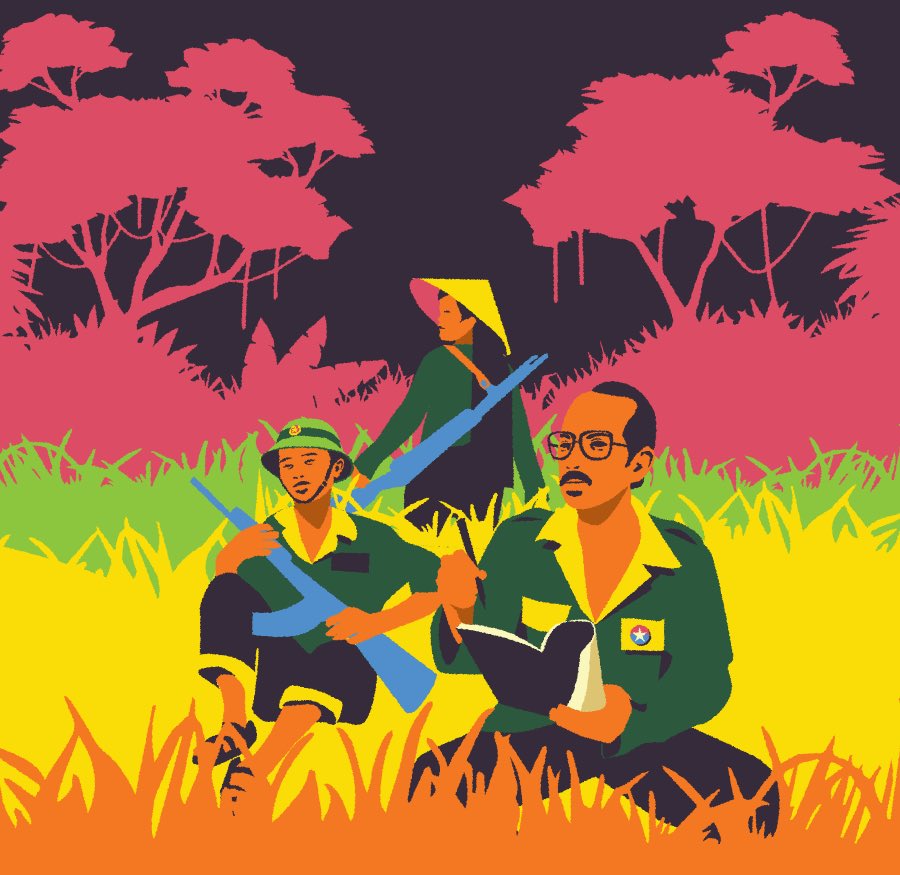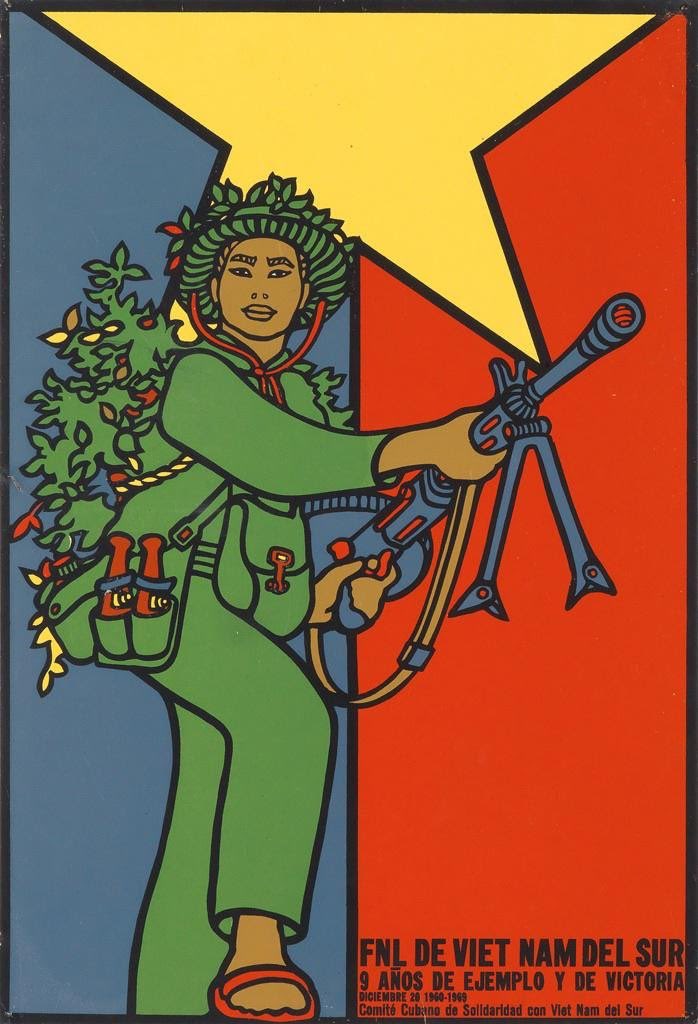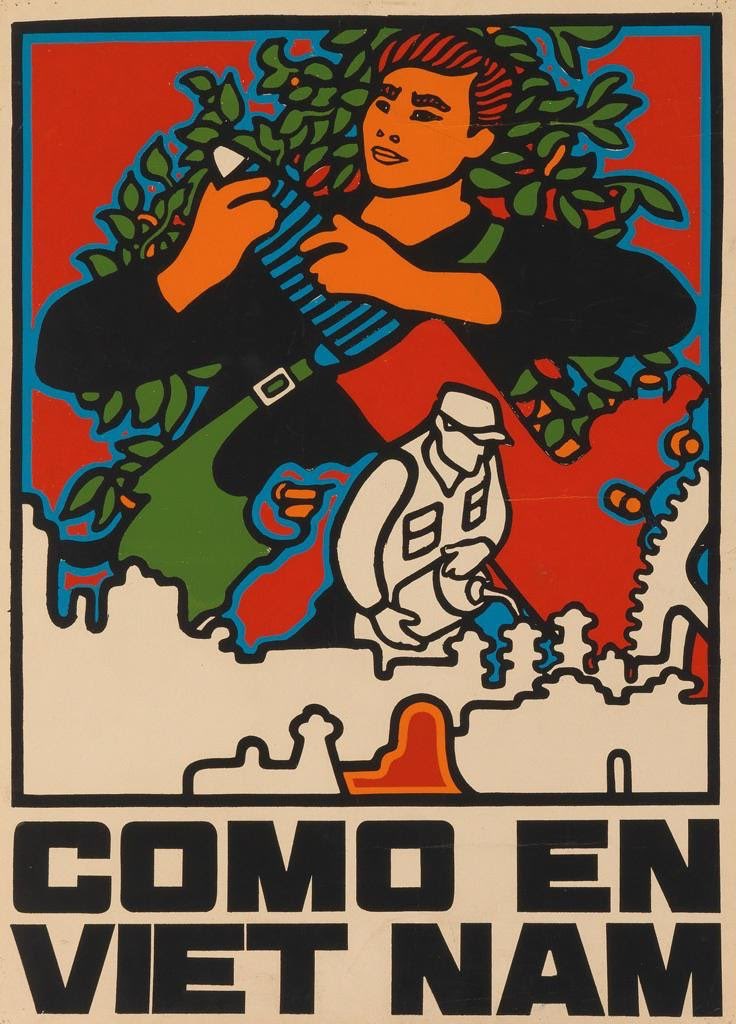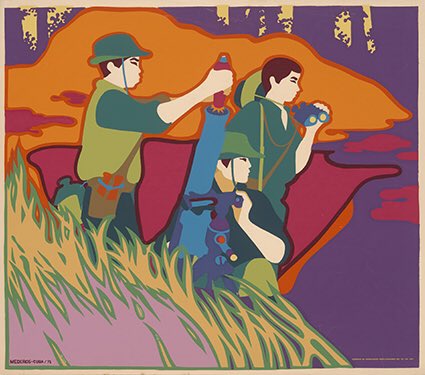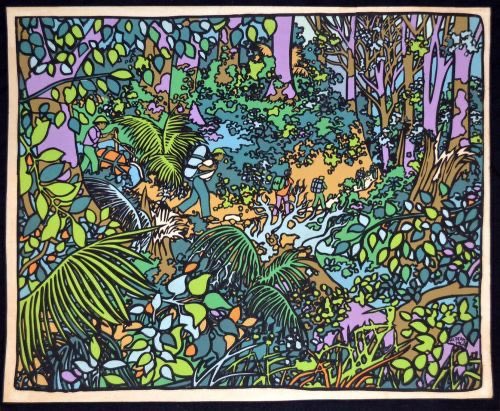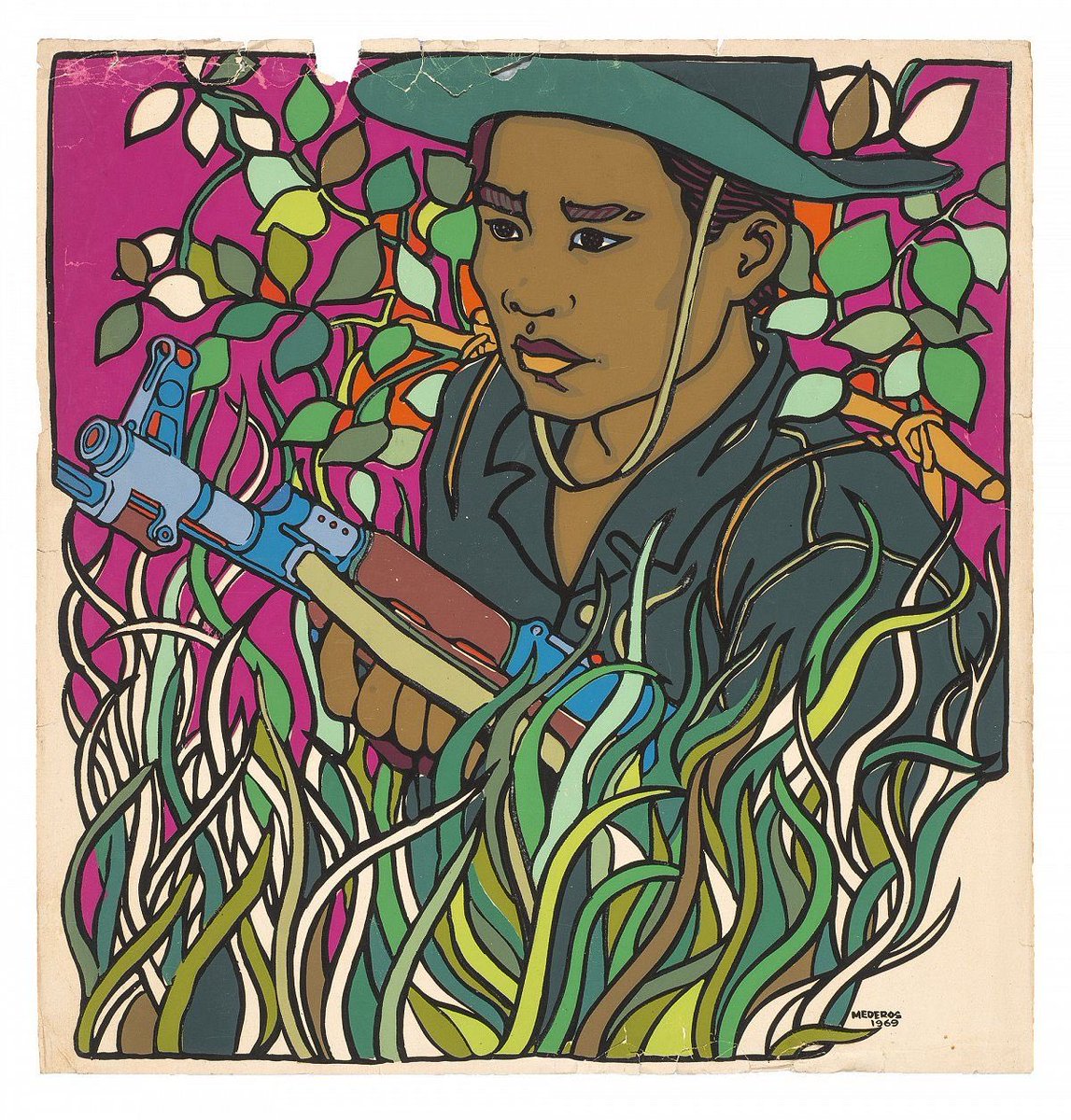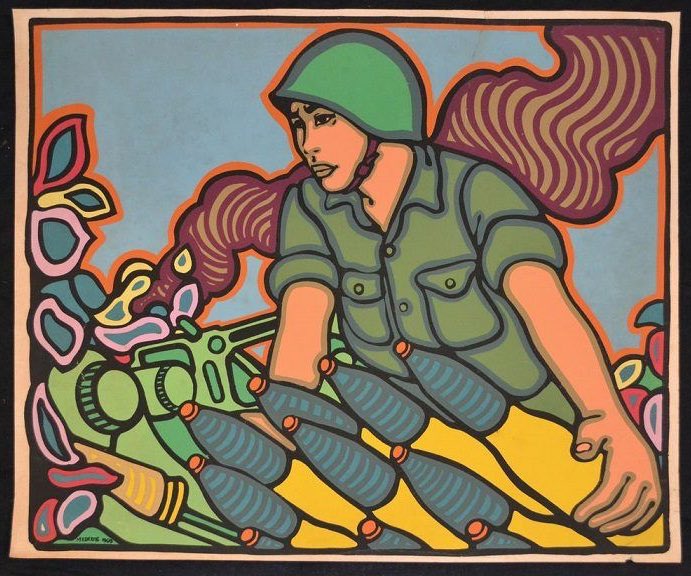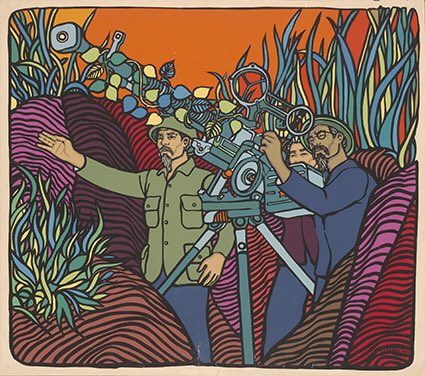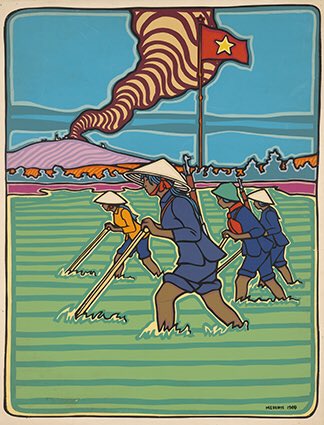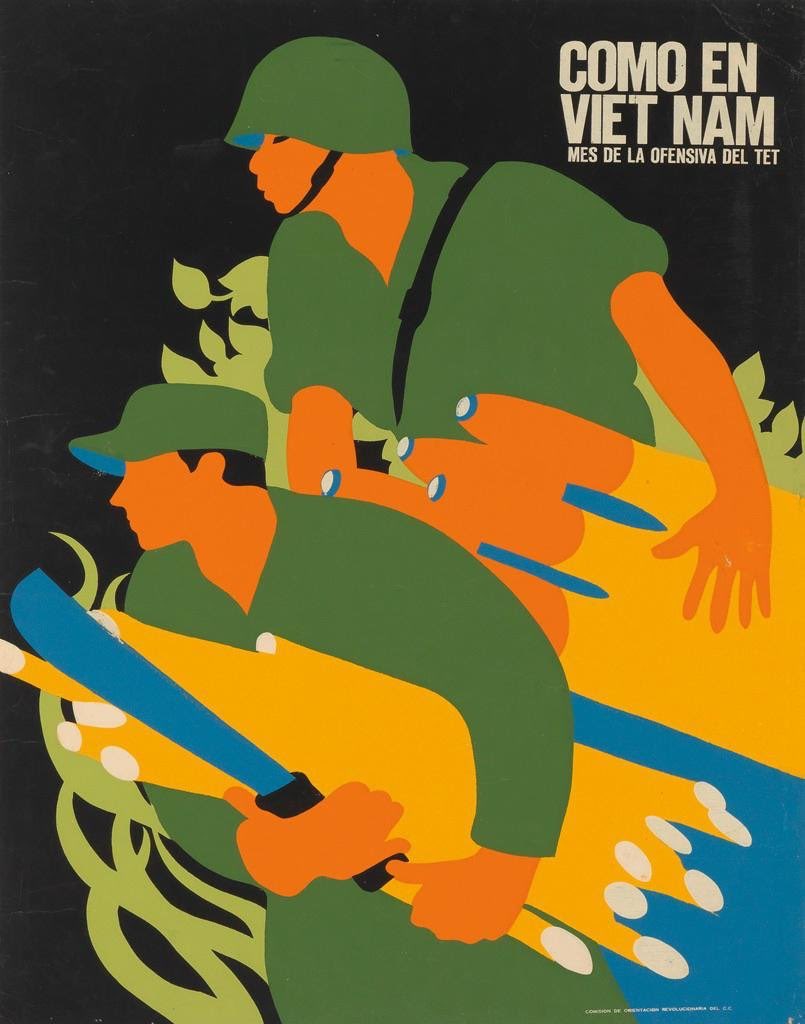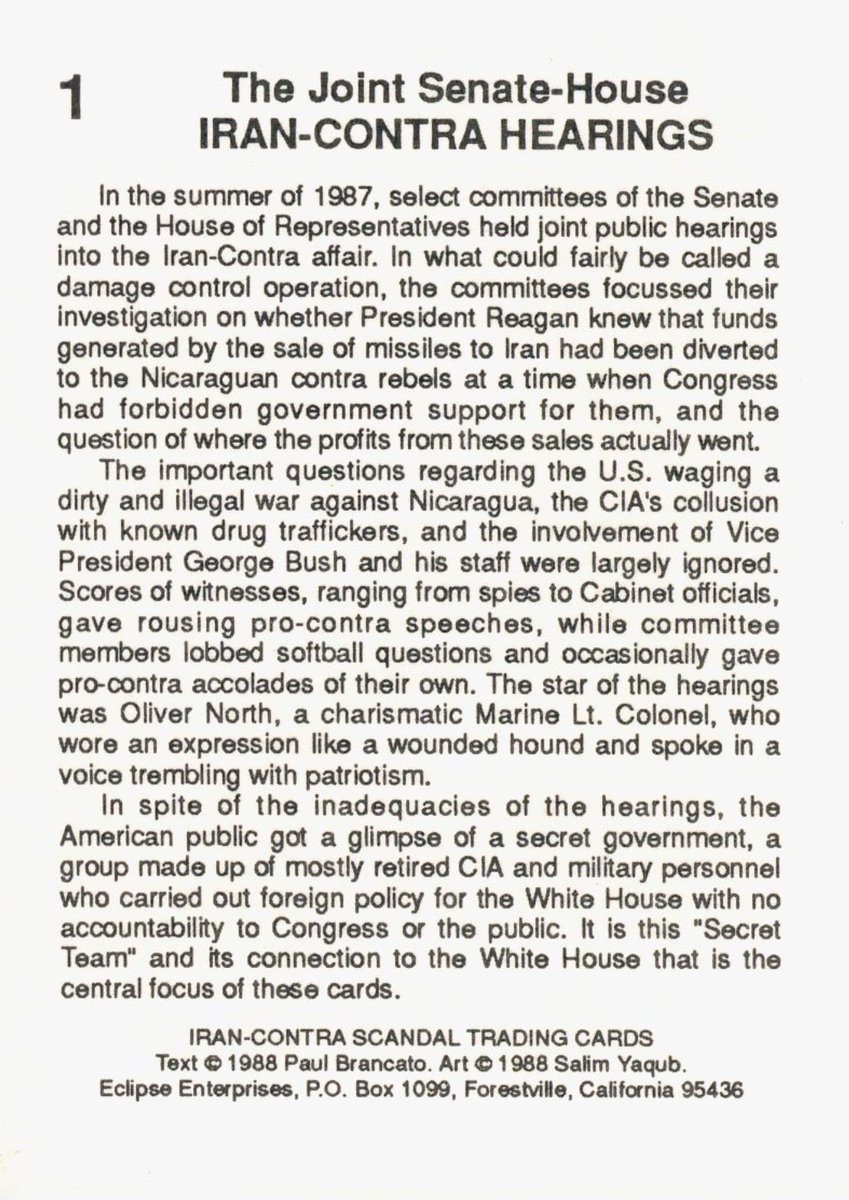
in 1972 revolutionary cuban artist René Mederos was sent to Vietnam by The OSPAAAL (Organization of Solidarity with the People of Asia, Africa and Latin America), to capture war scenes and make art to serve as part of a campaign to support the people of Vietnam. (thread) 



The Vietnam Vencera (“Vietnam will Triumph”) portfolio, a very rare document of Cuban revolutionary propaganda, is made up of 13 screen printed posters. 





The posters were exhibited in Havana and Santiago de Cuba. These silkscreens in some cases contain up to 36 colors; less than 100 copies were produced. 







Mederos travelled to both North and South Vietnam along the Ho Chi Minh trail with the liberation forces, experiencing first-hand the brutal conditions of war and the courageous response of the Vietnamese people. 


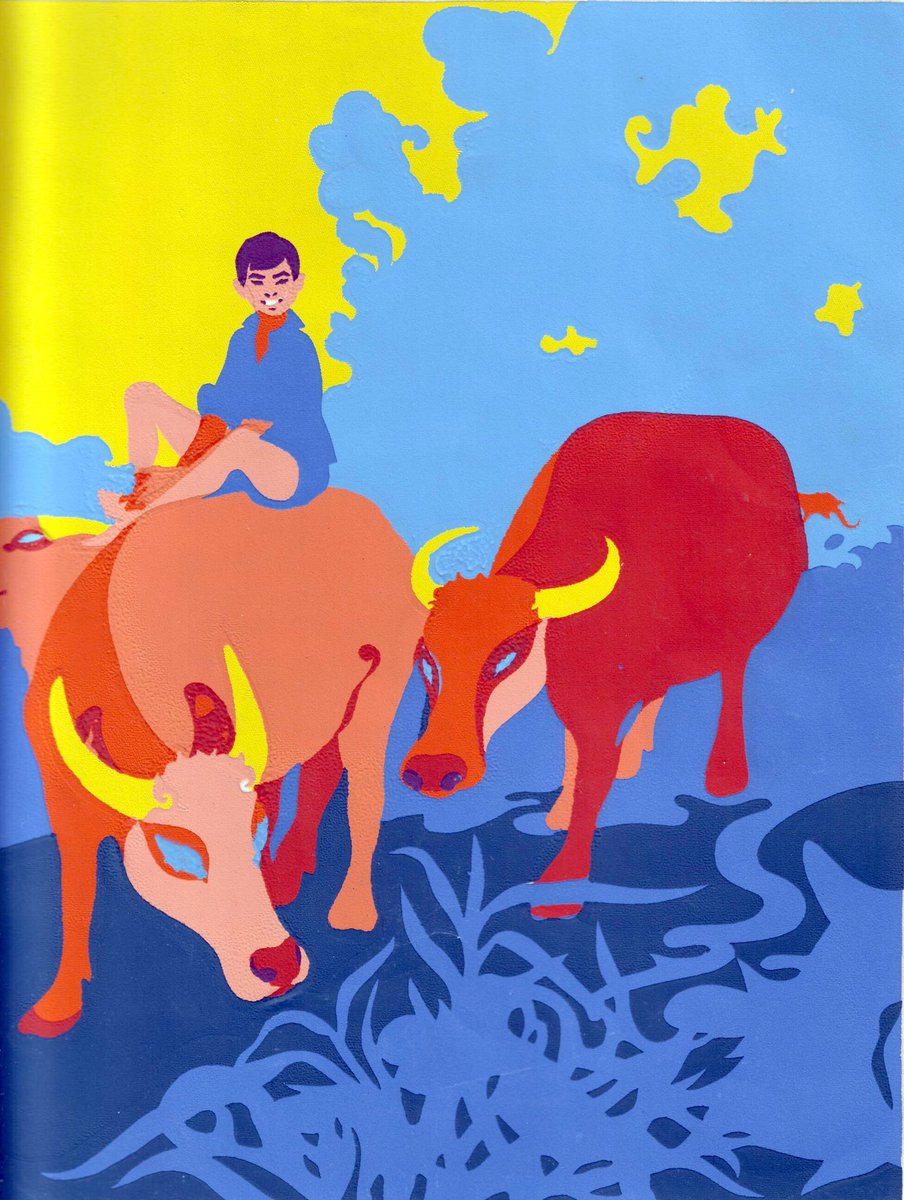
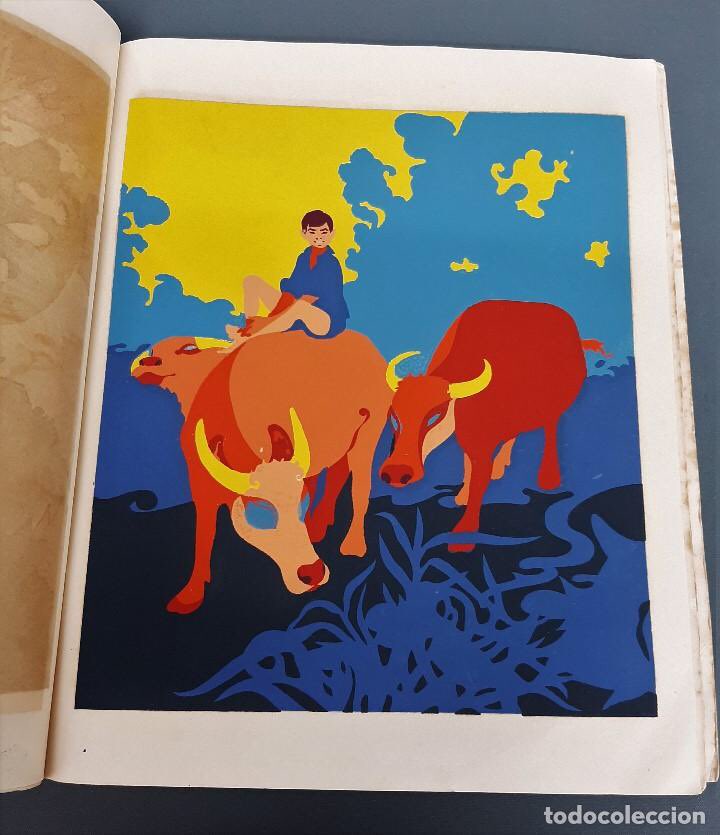
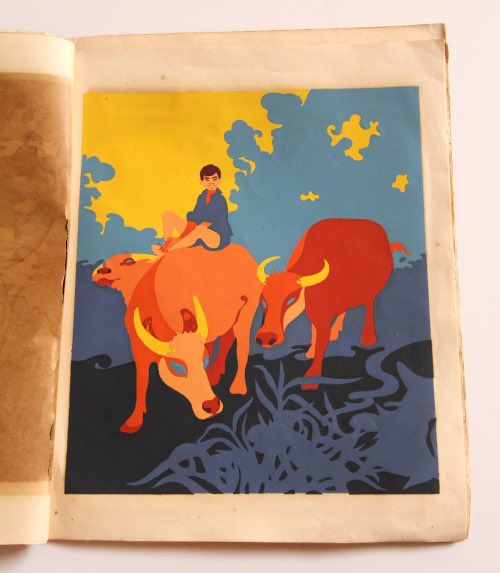
Several of these images were reproduced in the United States as part of the anti-war and Cuba solidarity efforts and in Cuba as a set of postage stamps. 





Cuban artists often addressed international subjects, in alignment with the Cuban Revolution’s political focus. (Other posters produced around this time expressed solidarity with anti-colonial guerrillas in Angola, Black Panthers in California, and the people of Hiroshima, Japan 


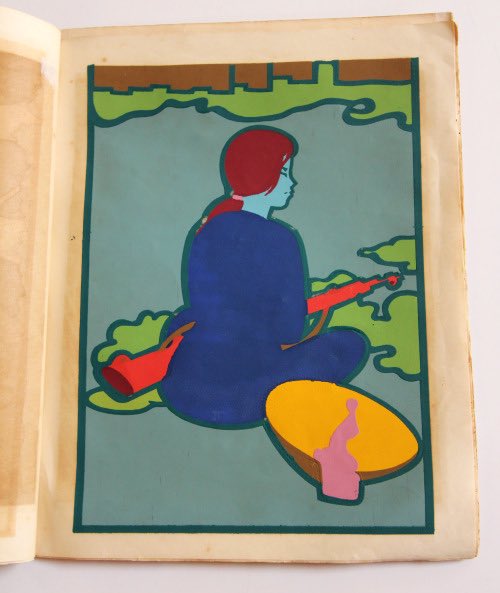
These Mederos posters repeated the slogan “Como en Vietnam,” which was meant to encourage Cubans to emulate the resourcefulness of the North Vietnamese in their daily lives. 


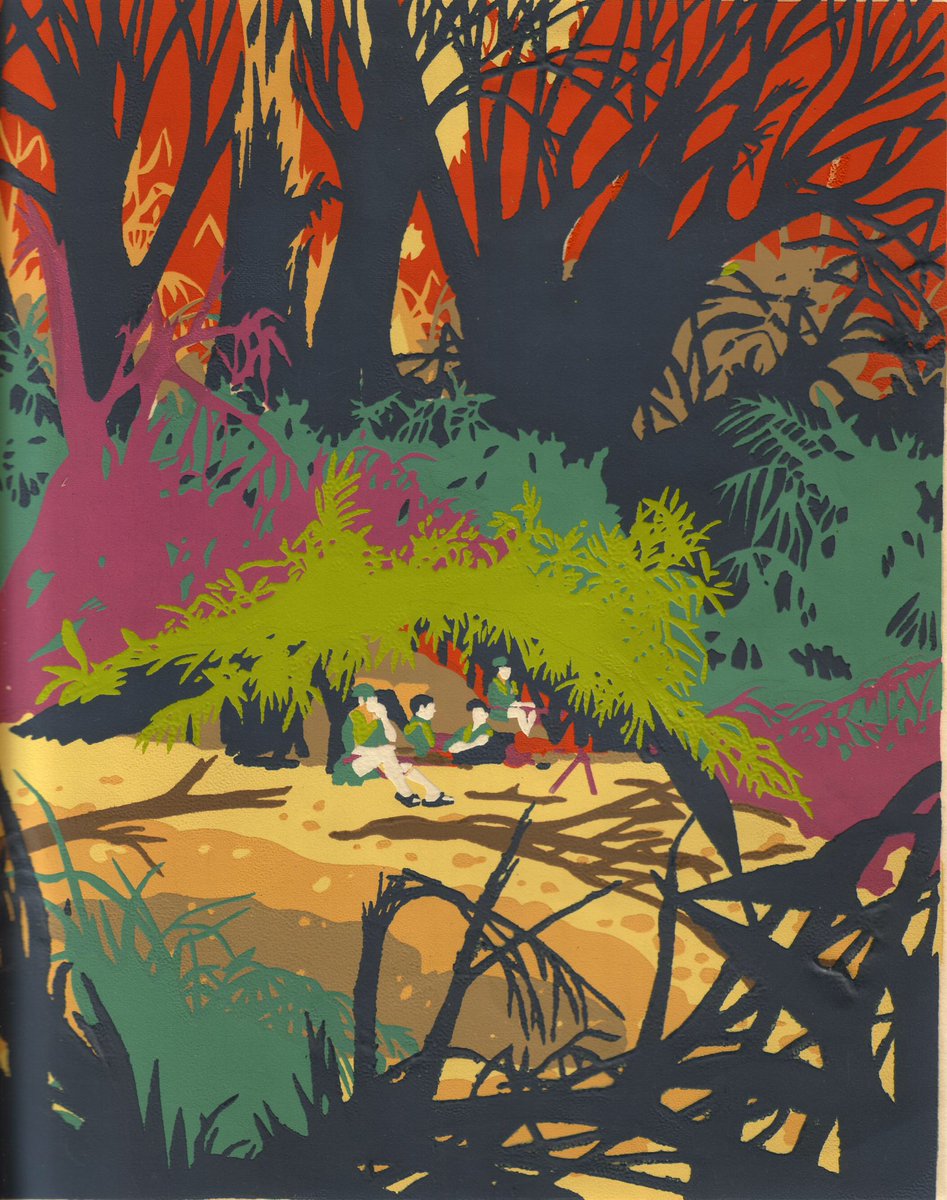
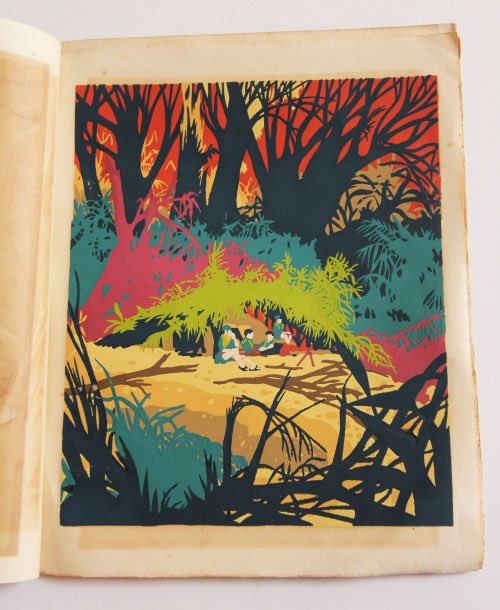
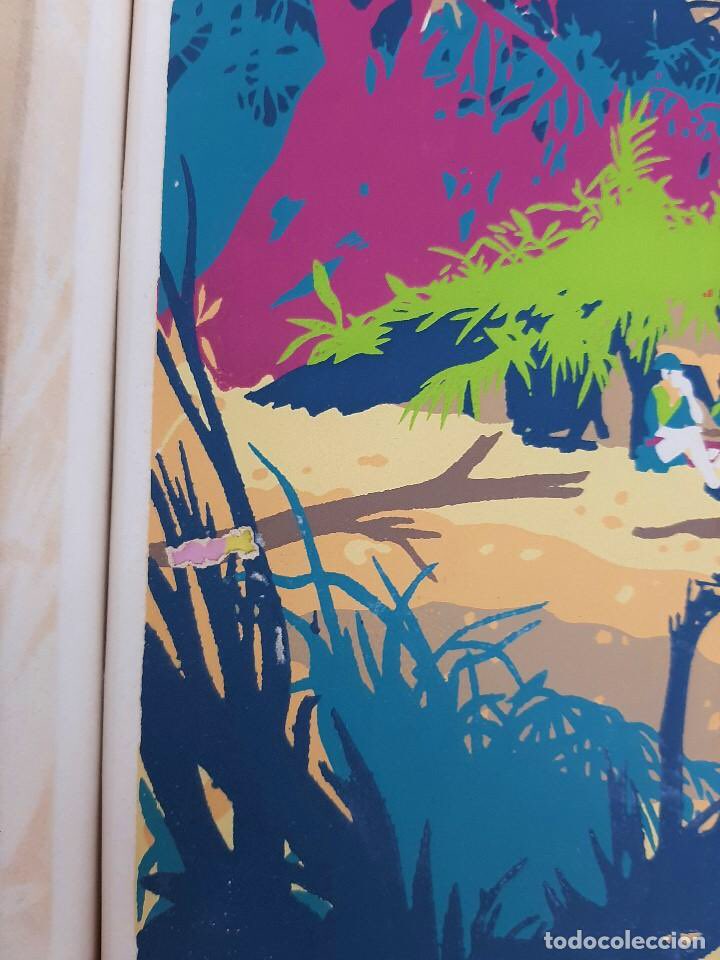
Although these posters show Vietnamese soldiers, some other images Mederos produced depict peaceful pastoral scenes of the Vietnamese countryside. 



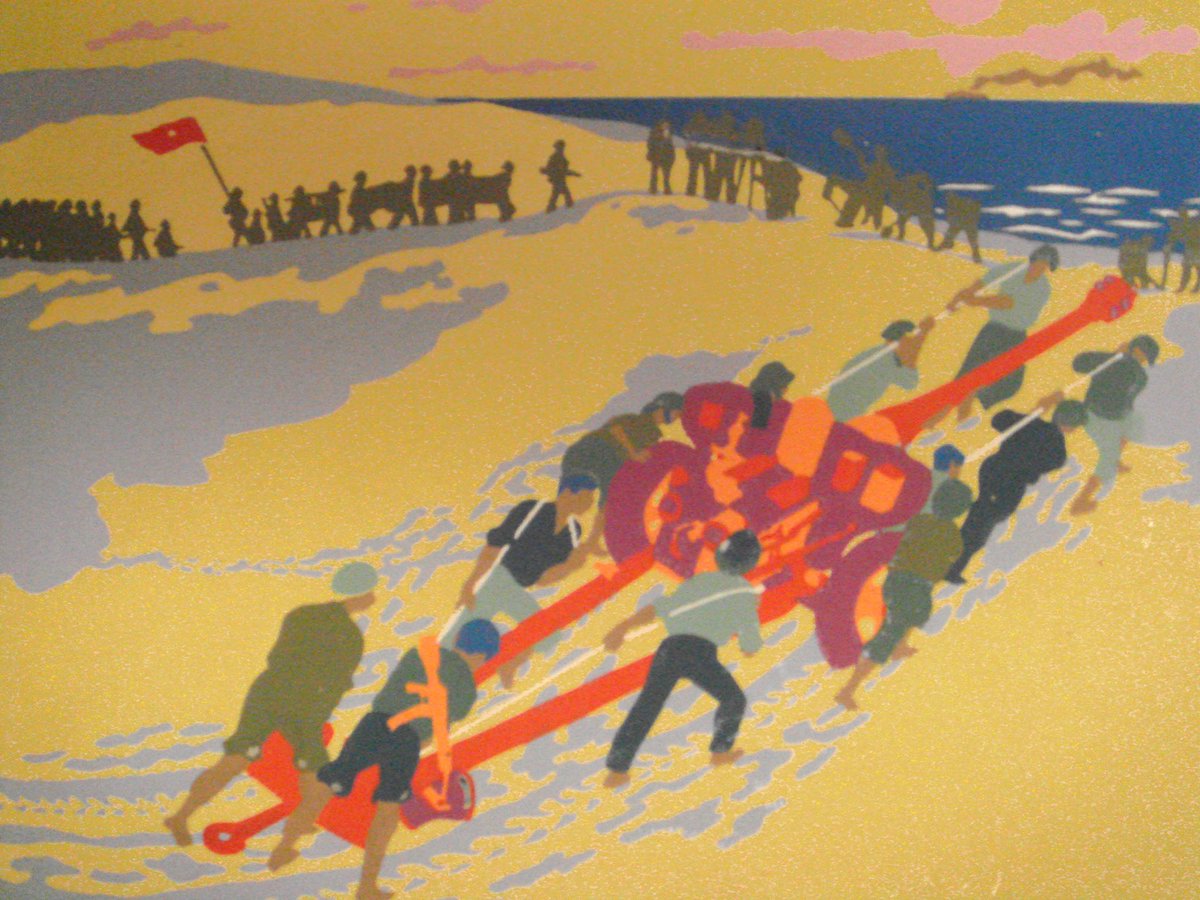
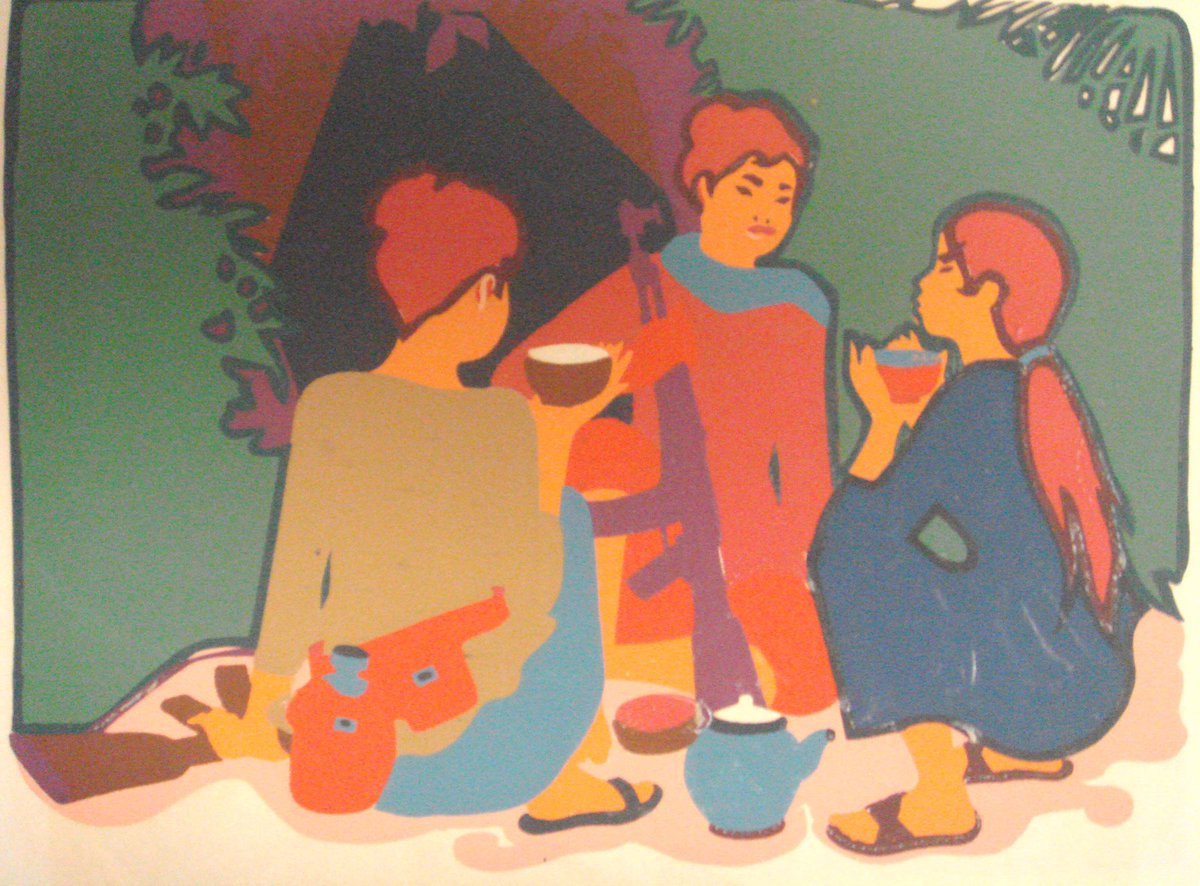
Art historian David Kunzle wrote in 1975 that the Mederos Vietnam series was somewhat “controversial” in Cuba: “too consistently cheerful, and lacking in emotional gradation,” failing to emphasize the suffering caused by the ongoing conflict with the United States. 

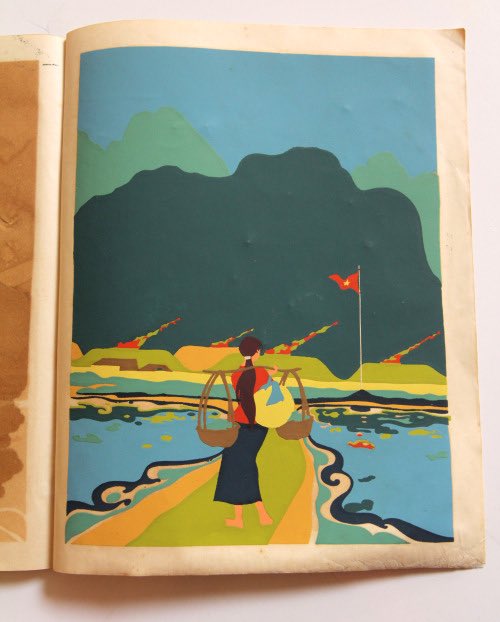
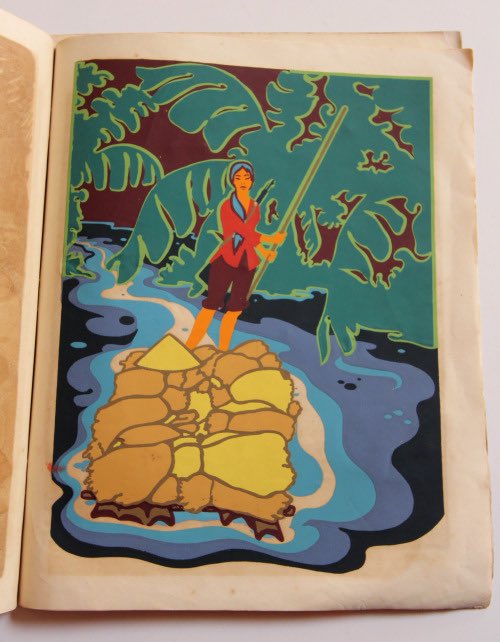
René returned to Vietnam again in 1972, where he completed another 23 posters based on his experience walking the Ho Chi Minh Trail, oftentimes known by Vietnamese as the Truong Son Trail, which was engineered to supply food, manpower and ammunition during the war. 


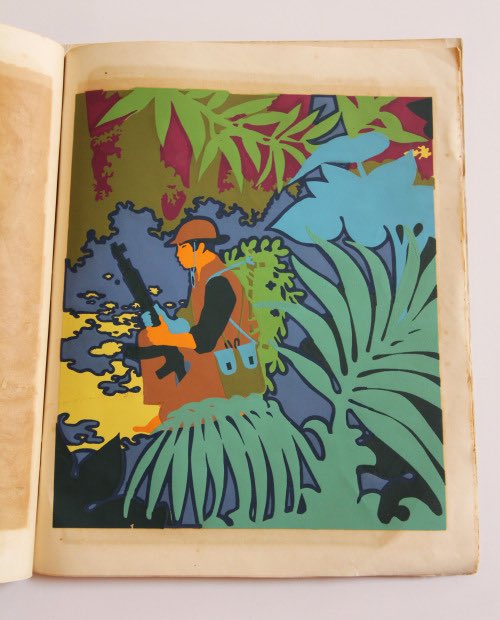

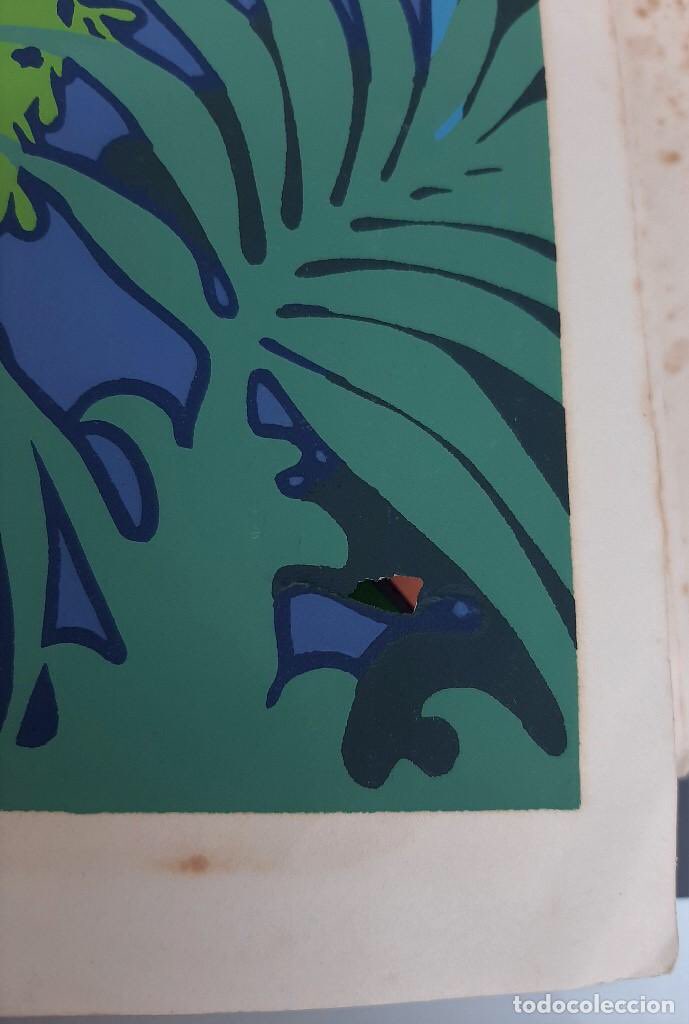
Mederos’ Vietnam silkscreens laud the solidarity between Vietnam and Cuba, and have for the past decades been exhibited in museums across the world. 


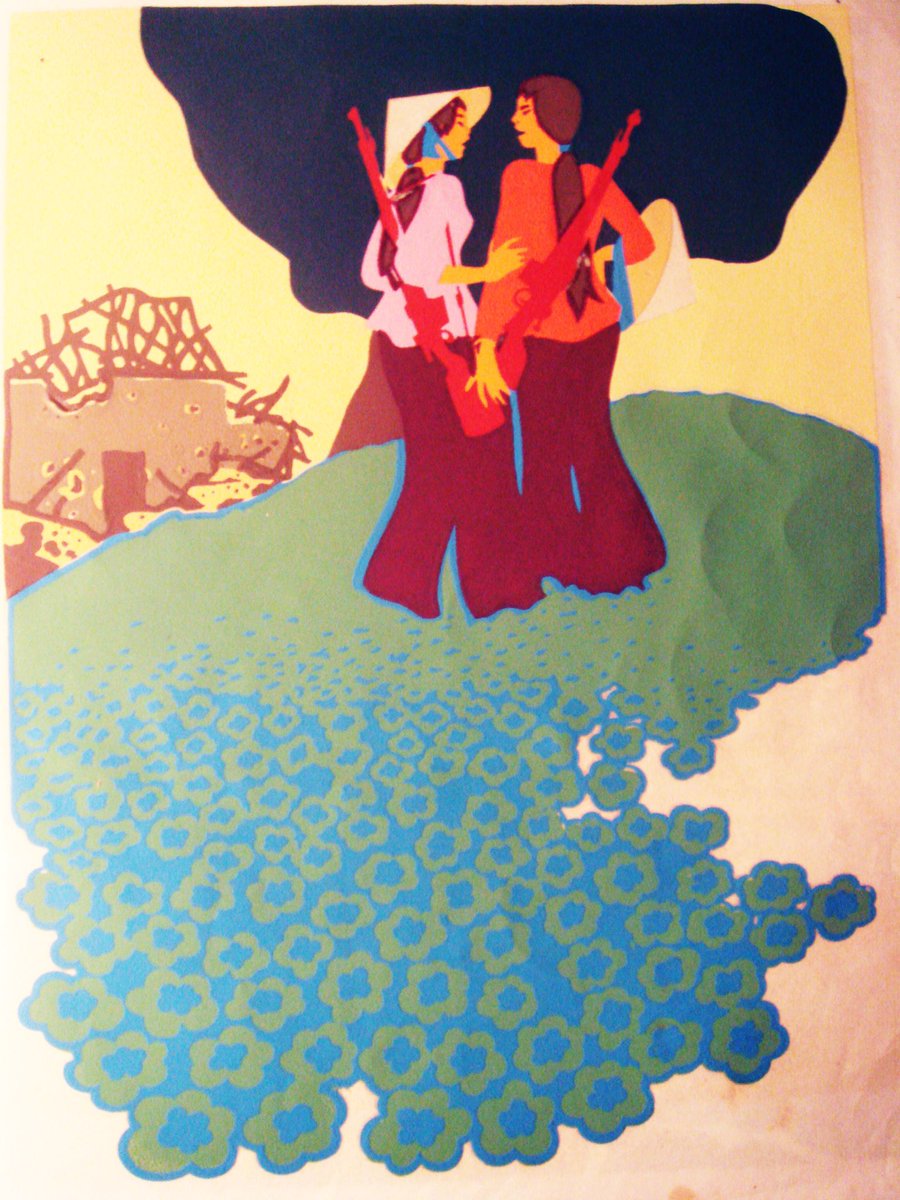
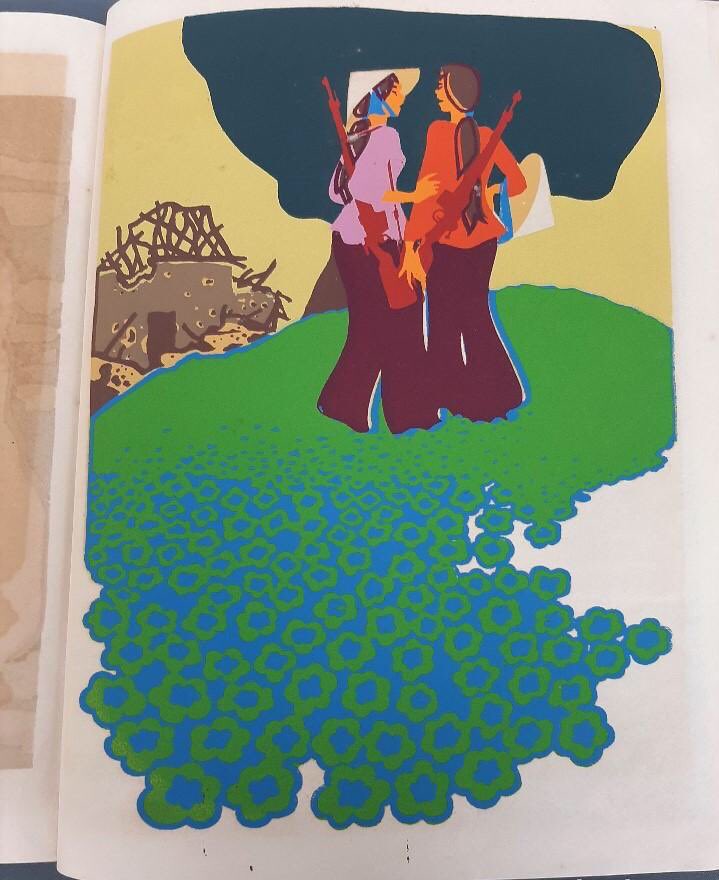
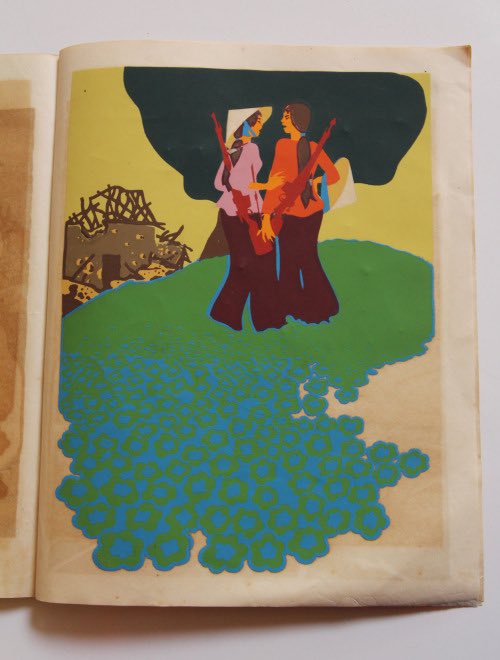
Thanks to the effort of his grandson Marcelo Brociner, who wished to bring his grandfather’s works back to Vietnam, René Mederos’ Vietnam posters are now on display for the Vietnamese public to enjoy for the first time since their creation. 




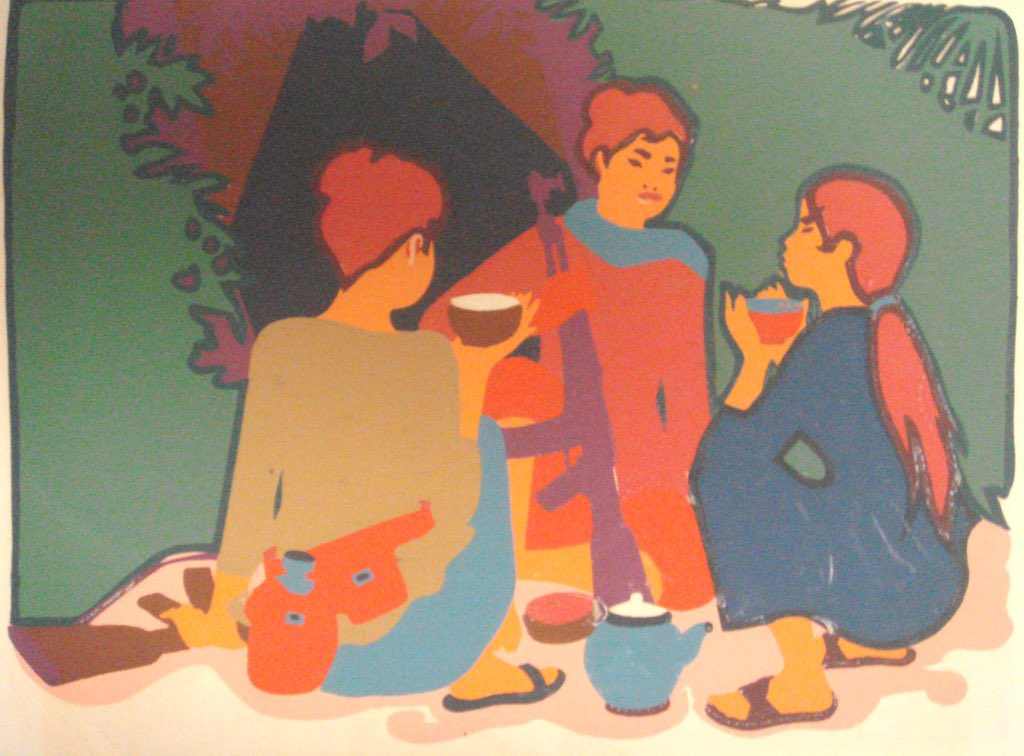
"If you look at Russian and Chinese propaganda posters, there is always an emphasis on the sense of justice in such a philosophical way," said Giang. "But if you look at René's posters, you rarely see that element. For René, it's all about celebrating humans." 

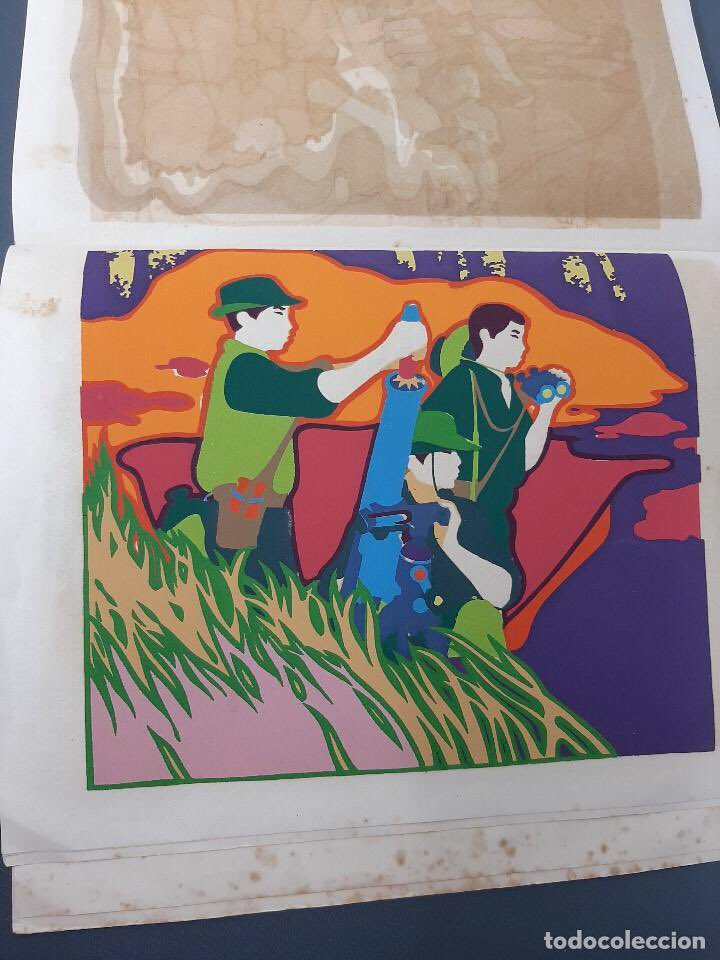
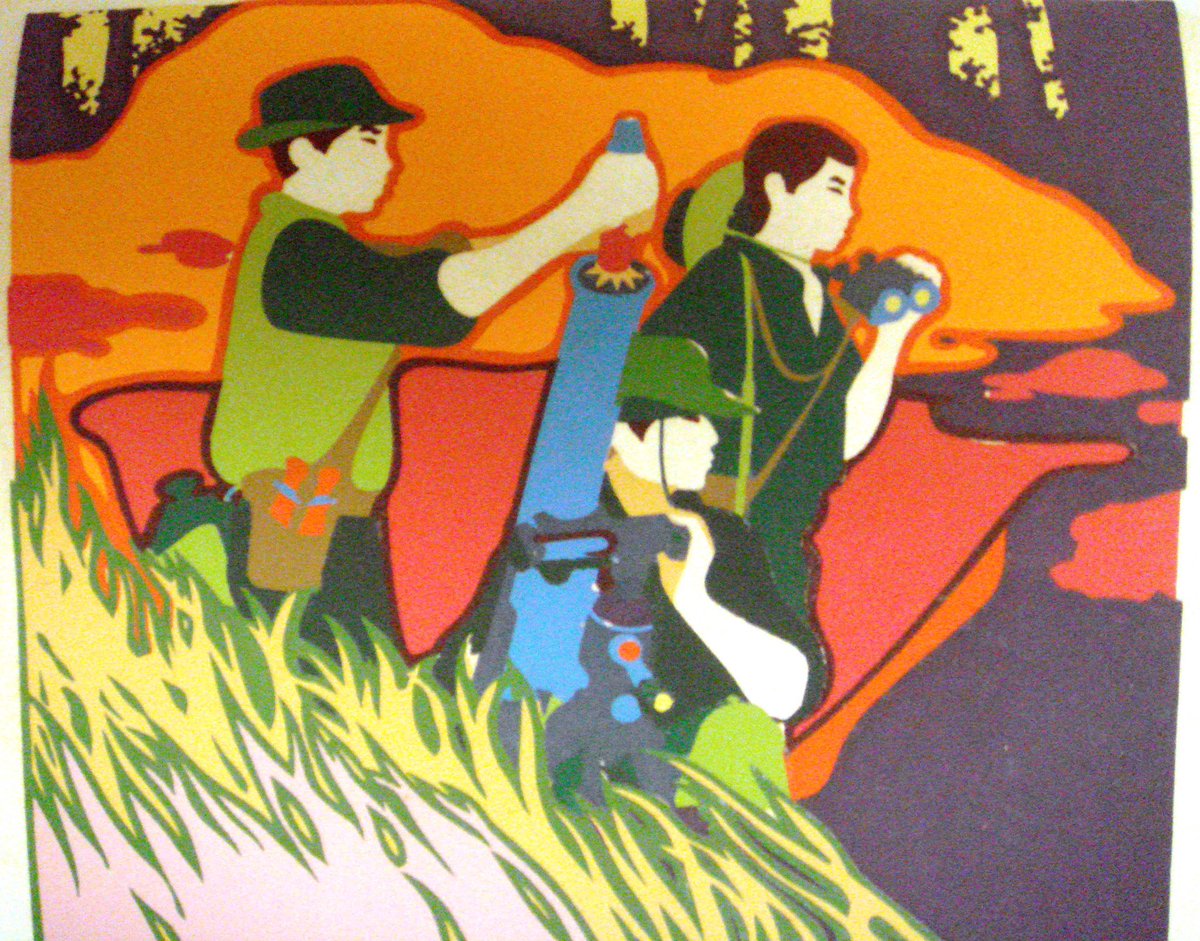
Corrections: Mederos’ first trip to Vietnam was in 1969, and he was actually sent by by DOR (The Department of Revolutionary Orientation) not the OSPAAAL, which was a Cuban government funded organization and movement of Cuban artists and propagandists that Mederos was a part of.
• • •
Missing some Tweet in this thread? You can try to
force a refresh

